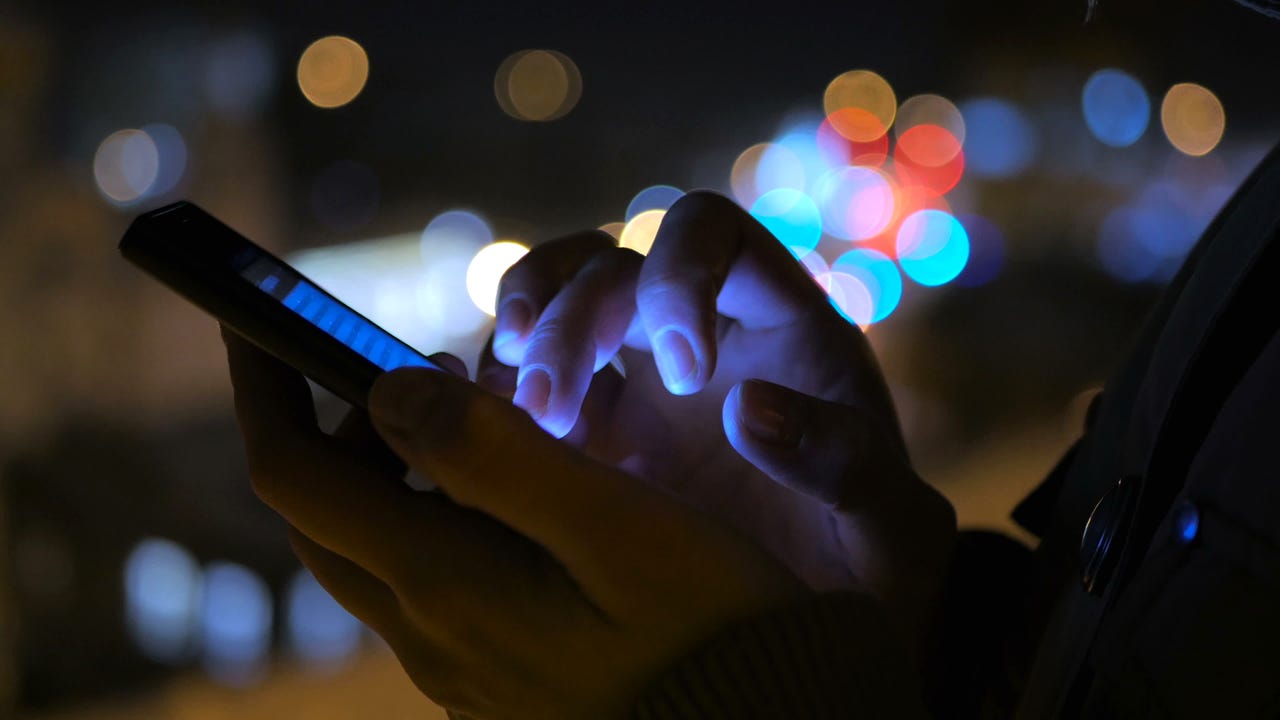Google is developing 'Private Spaces' for Android that hides photos, apps, and data


While wanting to keep certain apps, data, and photos on our phones private is nothing new, there hasn't really been an all-in-one answer for keeping everything safe.
There are several apps that provide the ability to secure photos privately, individual apps can be hidden, Google Files offers a "Safe folder" and Google Photos does have the ability to create locked folders that are only accessible via your phone's default screen lock security and aren't backed up to the cloud. But now Google is apparently working on a way to do that same thing within Android itself.
Also: Stop using weak passwords for streaming services - it's riskier than you think
While digging around a soon-to-be-released version of Android 14, noted Android newshound Mishaal Rahman spotted a new settings page called "Private Space." Several options are present on the page, including a toggle for "Unlock using screen lock" and "Show private space." Options for "Create private space" and "Delete private space" are also shown. Tapping the former actually creates a new user profile within the Android system.
The benefit of the latter is that there's no need to use a third-party app, risk putting something in the wrong folder and having it be seen by prying eyes, and having the ability to secure photos, plus apps and other data. Because private spaces appears to be an entirely separate profile from the main one, it seems like it's going to have immensely increased security.
Also: Stop using weak passwords for streaming services - it's riskier than you think
Since this is an Android build that's still in development, it's almost certain that more features will be added over time. There's no indication when this feature might be fully released, but the fact that it's visible in development modes at least indicates that it's well underway.